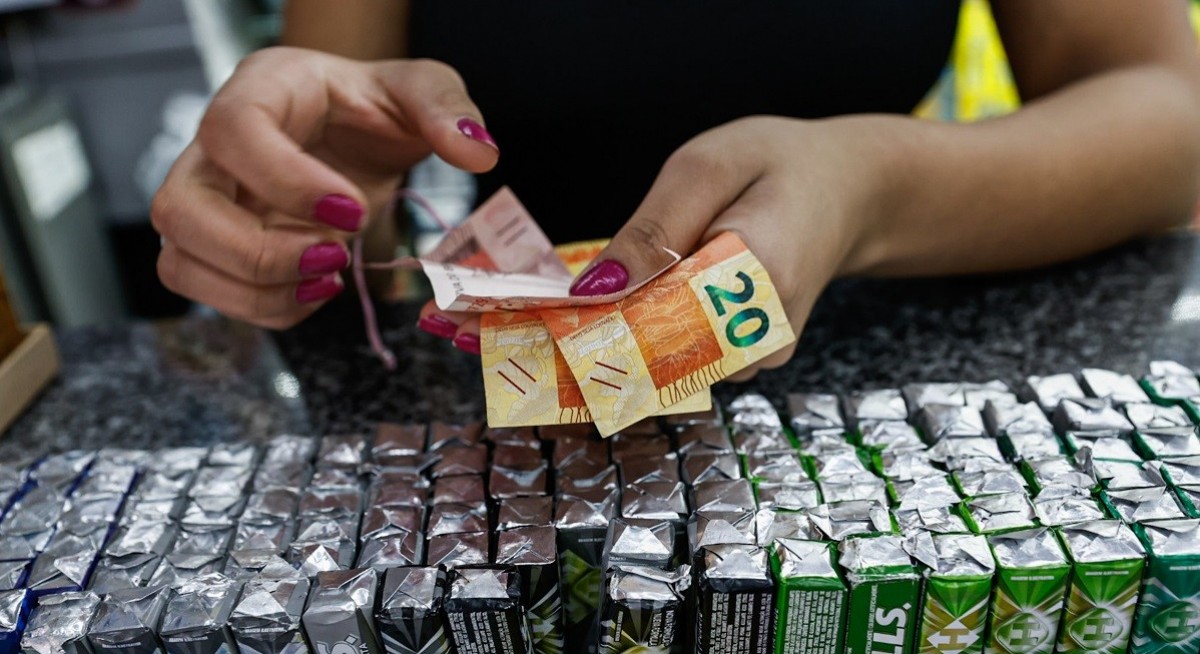Analysts predict the MSCI Emerging Markets Index of shares will gain around 15% over the next 12 months, versus about 10% for its developed peer. Flows into emerging-market equities are also growing faster than their counterparts, based on some of the world’s largest exchange-traded funds.
EM Stocks Have Better Return Outlook Than DM Peers
“EM equities are likely to outperform as they enjoy the tailwinds of easing local monetary policy across most markets boosting domestic lending and consumption but also a weaker dollar,” said George Efstathopoulos, a fund manager at Fidelity in Singapore. “It’s also important to remember that the Fed as the most significant central bank will most likely be resuming easing in coming quarters.”
See also: Beyond AI, formal retail, luxury and financial sectors are growth stories to watch next year: HSBC
Fund flows look to be favouring emerging markets since Trump’s “Liberation Day” announcement on April 2. Since then, investors have poured about US$5.8 billion into the iShares Core MSCI Emerging Markets ETF, the world’s largest EM ETF, representing about 5.8% of its total fund assets. That compares with US$5.6 billion put into the Vanguard FTSE Developed Market ETF, another mega-fund, but that’s only around 3.3% of its total holdings.
Emerging assets were given a further boost Friday when Fed Chair Jerome Powell signalled the US central bank is likely on track for an interest-rate cut in September. Following his comments at Jackson Hole, investors boosted bets the Fed would cut rates at its Sept 16-17 meeting.
The MSCI Emerging Markets Index and its developed peer have both risen about 14% since April 2, with the rallies driven by optimism Trump’s tariff threats were mainly bargaining positions. Bond performance has also been roughly equivalent, with a Bloomberg gauge of emerging-market debt returning 4% and a similar index of developed-market debt gaining 3%.
See also: Stay selective across Europe; diversify beyond AI: Ivy Ng, CIO for Apac at DWS
One of the biggest reasons emerging assets are likely to outpace their peers is due to their more orthodox — and market-friendly — fiscal policies, said Archie Hart, a fund manager for emerging-market stocks at Ninety One in London.
“If we look at policymakers in emerging markets, they’re conservative, they’re disciplined by the market, they’re pragmatic, so we don’t see these huge unsustainable fiscal deficits that you see in developed markets,” he said.
‘Overweight Stance’
Valuations are more attractive in developing markets, according to T. Rowe Price.
“We have an overweight stance on emerging-market equities in our multi-asset portfolios” as valuations remain more reasonable than those in developed markets, coupled with higher earnings growth prospects, said Thomas Poullaouec, a portfolio manager at the company in Singapore.
Poullaouec said he still likes number of developing-nation currencies, though it pays to be selective.
“Much of the upside in EM currencies has already been priced in, particularly given the crowded US dollar short positioning,” he said. “That said, we maintain positive exposure to Latin American currencies, particularly the Brazilian real, supported by elevated carry and improving fiscal sentiment.”
For more stories about where money flows, click here for Capital Section
EM Sovereign Bonds Have Outperformed DM Peers This Year
Emerging-market bonds are also seen as attractive due to relatively subdued inflation.
The Citi Inflation Surprise Index for emerging markets has averaged minus 19 this year, down from the peaks of more than 40 reached in 2022. A similar gauge for Group-of-10 economies was minus 12 in July. A negative reading indicates inflation has been lower than expected.
“The tailwinds that have lifted emerging market local-currency bonds in the past year remain in place, such as falling inflation and mostly unalarming fiscal deficits,” Fidelity’s Efstathopoulos said. “In contrast, developed-market bonds still have to cope with growing debt levels alongside large fiscal deficits.”




